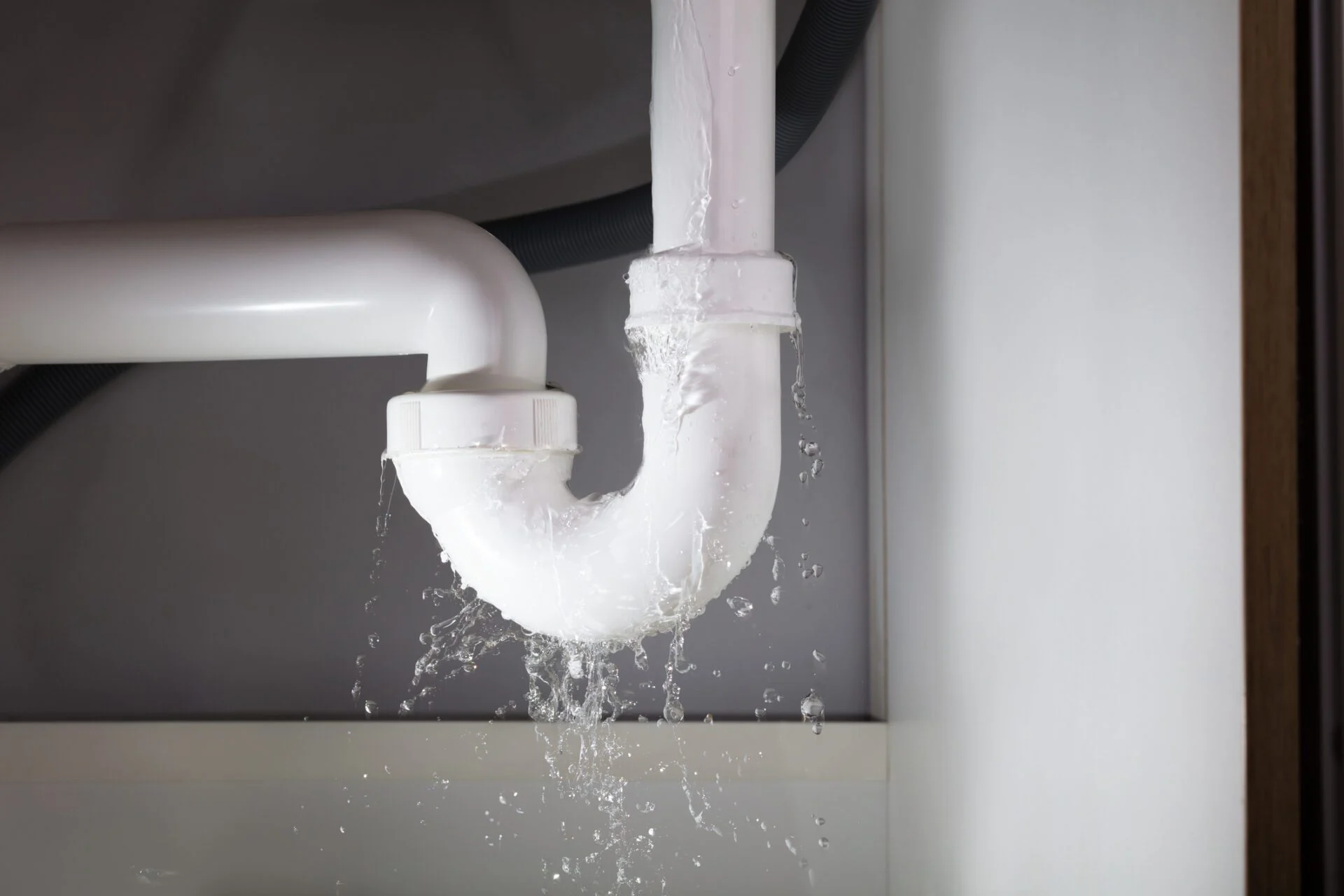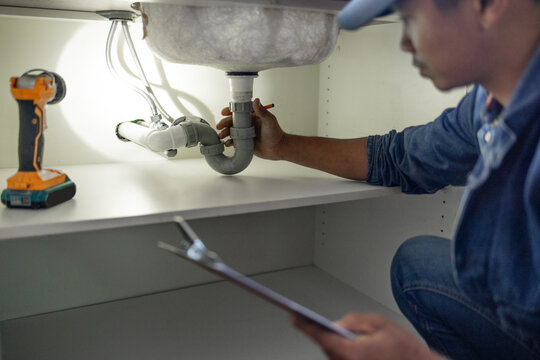In the realm of modern home construction, the integration of a whole house recirculation system in a new build is becoming increasingly popular. This innovative approach not only improves water efficiency but also enhances the overall comfort and functionality of a home. Whether you’re a homeowner looking to upgrade your living space or a real estate developer aiming to add value to your properties, understanding the benefits and intricacies of this system is crucial.

Understanding the Basics of a Whole House Recirculation System
A whole house recirculation system is designed to provide instant hot water to every tap within a home, reducing the wait time for hot water and conserving water in the process. This system works by continuously circulating hot water through the plumbing, ensuring that the water in the pipes remains hot and ready for use.
How Does It Work?
The system utilizes a pump that moves water from the water heater to the furthest fixture in the house and back again. This loop keeps hot water readily available, minimizing the wastage typically associated with waiting for water to heat up. The pump can be programmed to operate on a schedule or triggered by motion sensors for enhanced efficiency.
Benefits of Installing a Whole House Recirculation System
There are several advantages to incorporating a whole house recirculation system in a new build:
- Water Conservation: By reducing the time it takes for hot water to reach a fixture, less water is wasted.
- Energy Efficiency: With programmable pumps, the system only operates when needed, reducing energy consumption.
- Increased Comfort: Instant hot water on demand improves the convenience and comfort of daily routines.
Installation Considerations for New Builds
When planning to install a whole house recirculation system in a new build, there are several factors to consider:
Plumbing Layout
The design of the plumbing system plays a critical role in the effectiveness of the recirculation system. It’s essential to work with experienced plumbers who can design an efficient layout. For more details on plumbing installations, visit plumbing installation tips.
System Components
Key components include a recirculation pump, a water heater, and plumbing fixtures. Ensure that all components are compatible and designed to work together efficiently.
Energy Consumption
Choose a system with energy-efficient pumps and programmable settings to minimize energy use. This aligns with eco-friendly building practices, which can be explored further in our article on eco-friendly plumbing.
Cost and Maintenance
The initial cost of installing a whole house recirculation system can be higher than traditional plumbing systems. However, the long-term savings on water and energy bills can offset this investment. Regular maintenance is also essential to ensure the system operates efficiently.
Environmental Impact
By conserving water and energy, a whole house recirculation system contributes to a more sustainable living environment, aligning with global efforts to reduce resource consumption.

FAQs
What is the average cost of installing a whole house recirculation system?
The cost varies based on the size of the home and the complexity of the installation, but it typically ranges from $500 to $2,000.
How much water can be saved with a whole house recirculation system?
On average, households can save up to 10,000 gallons of water annually by using a recirculation system.
Is a whole house recirculation system suitable for all types of homes?
While beneficial for most homes, it’s essential to assess the plumbing layout and existing water heating system before installation.
For more information on water supply systems, visit our page on water supply lines.
This article contains affiliate links. We may earn a commission at no extra cost to you.




